Hidden gem: Bulgari’s new state-of-the-art jewellery manufacture in Valenza

Valenza, a small town within the industrial triangle of Milan, Genoa and Turin, is a bland place with a glittering reputation.
Ever since goldsmith Francesco Caramora set up shop here in 1817, carriages and later armoured trucks filled with ingots have trundled down its streets, and its inhabitants have honed their stone-setting, polishing and engraving skills to elevate Valenza to Italy’s goldsmithing hub.
Bulgari acquired Caramora’s former farmstead 18 months ago and this spring the Roman high jeweler and watchmaker re-opened it as its new jewellery-making facility, the largest in Valenza’s history. For more than 30 years, Bulgari has worked with the region’s craftsmen, but until recently its production was split between Valenza and the nearby town of Solonghello. With the new 14,000 sq m space, Bulgari is able to consolidate its jewellery-making under one roof. ‘We had been contemplating building a new avant-garde manufacture for years and had our eye on Caramora’s farm,’ says CEO Jean-Christophe Babin. ‘We liked it for its history, position and proximity to our historic workshops. We were lucky!’
Bologna-based architects Open Project won the job of creating a fittingly glamorous facility. ‘It couldn’t just be a dull concrete building,’ says practice partner Luca Drago. Administration and hospitality facilities are located in the renovated farmstead, with a new 13m-high ‘glass house’ attached. The workshop is housed in a new three-storey building, featuring an internal courtyard. The structure is surrounded by a perforated ‘metal skin’ that provides natural light while boosting security. ‘To get to the gold, you have to pass through lots of systems and alarms,’ says Drago. ‘You can’t just hit the jackpot. The Italian Job was our main reference,’ he jokes.
Gold ingots, precious metals and gemstones are delivered to the ground floor, where, prior to assembly, they might undergo chemical and thermal treatments. Since employees have to stay on site all day for security reasons, Drago designed the space to be as welcoming as possible. The courtyard encourages everyone to hang out while providing the workshop with light and ventilation.
The jewellery manufacture is a huge boost for Valenza – and for Bulgari. ‘The new building bridges tradition and innovation, and allows us to take Italian craftsmanship to even higher levels,’ says Babin. ‘By 2020, staff will increase to approximately 700, nearly double the number currently employed, and the new facility will enable us to ramp up our internal capabilities by about 40 per cent in the next few years.’
The building also houses the new Bulgari Academy, a school that will train up to 40 people, from new employees to students from other colleges. ‘It will be a gateway to the world of Bulgari jewellery, allowing trainees to approach our specific techniques and ways of working’, says Babin. ‘The magic is that we can teach them in the place where it all began.’
As originally featured in the Precious Index, our new watches and jewellery supplement (see W*218)

Open Project also added a 13m-high ’glass house’ on the side of the original 1860 farmstead
INFORMATION
For more information, visit the Bulgari website
ADDRESS
Strada Pontecurone 78,
15048 Valenza AL,
Italy
Receive our daily digest of inspiration, escapism and design stories from around the world direct to your inbox.
Emma O'Kelly is a freelance journalist and author based in London. Her books include Sauna: The Power of Deep Heat and she is currently working on a UK guide to wild saunas, due to be published in 2025.
-
 Why are the most memorable watch designers increasingly from outside the industry?
Why are the most memorable watch designers increasingly from outside the industry?Many of the most striking and influential watches of the 21st century have been designed by those outside of the industry’s mainstream. Is it only through the hiring of external designers that watch aesthetics really move on?
-
 This Fukasawa house is a contemporary take on the traditional wooden architecture of Japan
This Fukasawa house is a contemporary take on the traditional wooden architecture of JapanDesigned by MIDW, a house nestled in the south-west Tokyo district features contrasting spaces united by the calming rhythm of structural timber beams
-
 At last: a London hotel that’s great for groups and extended stays
At last: a London hotel that’s great for groups and extended staysThe July London Victoria, a new aparthotel concept just steps away from one of the city's busiest rail stations, is perfect for weekends and long-term visits alike
-
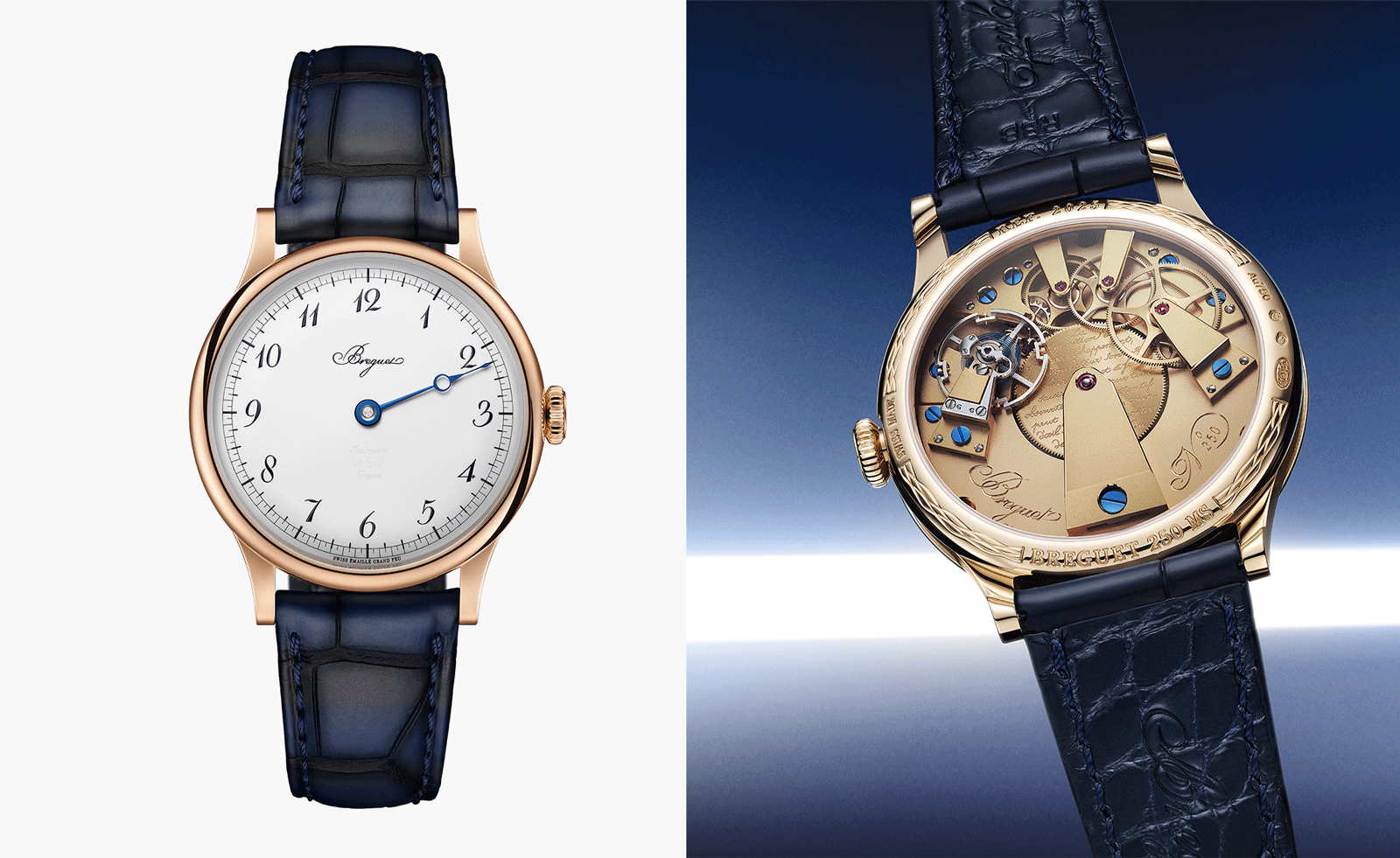 Who won big at the GPHG, the Oscars of the watch world
Who won big at the GPHG, the Oscars of the watch worldWallpaper* editor-in-chief and Grand Prix d’Horlogerie Genève jury member Bill Prince on the watch world’s 2025 winners
-
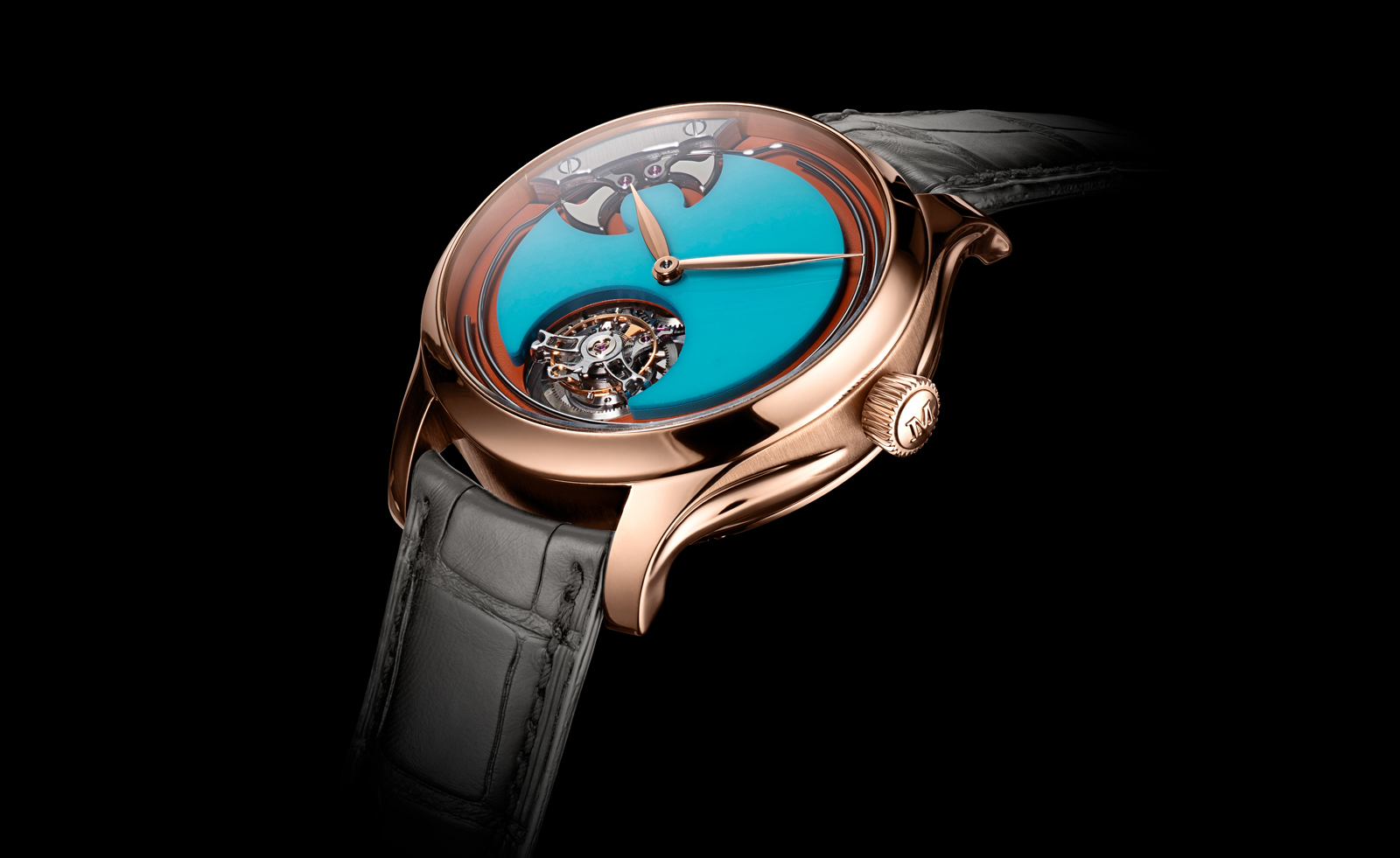 These statement watches are surefire conversation starters
These statement watches are surefire conversation startersFrom Richard Mille to Hublot and Bulgari, these statement watches aren’t to be missed
-
 Art takes London: Tiffany & Co, Damien Hirst and artists take over Selfridges' windows
Art takes London: Tiffany & Co, Damien Hirst and artists take over Selfridges' windowsFour British contemporary artists celebrate Tiffany & Co's pioneering history with a series of storied window displays
-
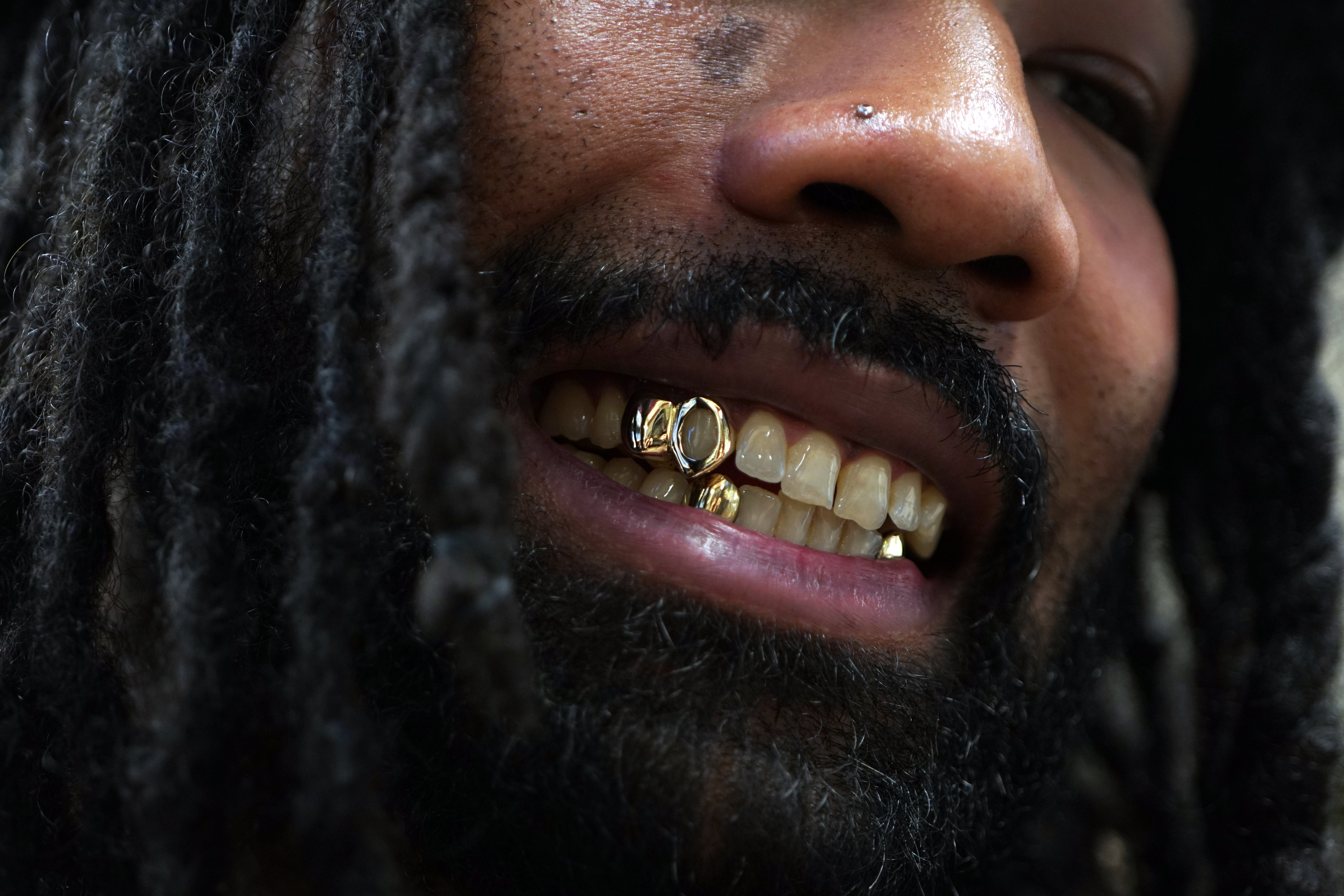 All smiles: How a grillz jewellery making class in London became an international hit
All smiles: How a grillz jewellery making class in London became an international hitWhat started as a passion project quickly exploded in popularity. We get the story behind the grillz-making workshop at Cockpit London
-
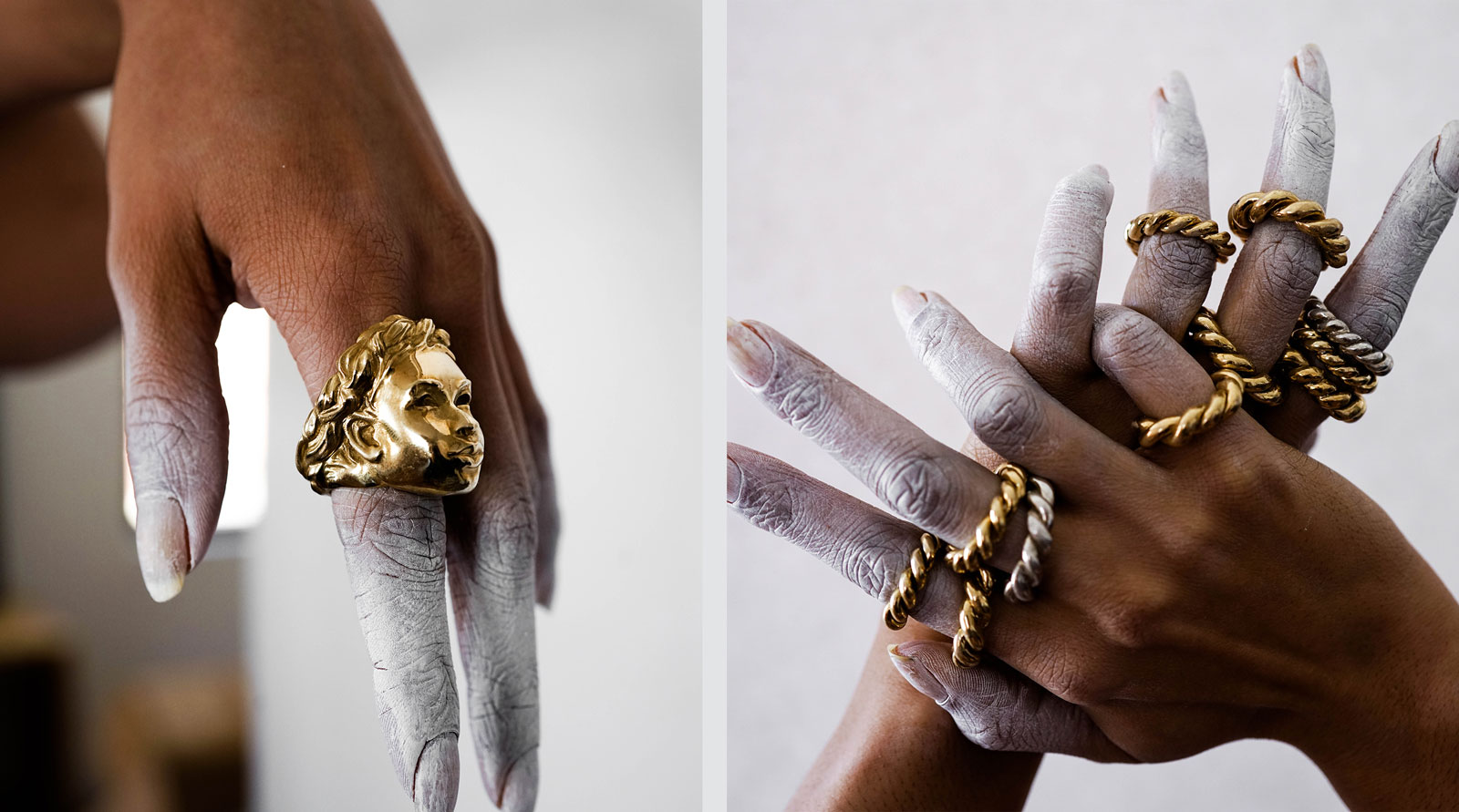 Emerging jewellery designers to get to know
Emerging jewellery designers to get to knowThese independent, new and emerging jewellery designers and brands from New York to Paris are firmly on our radar
-
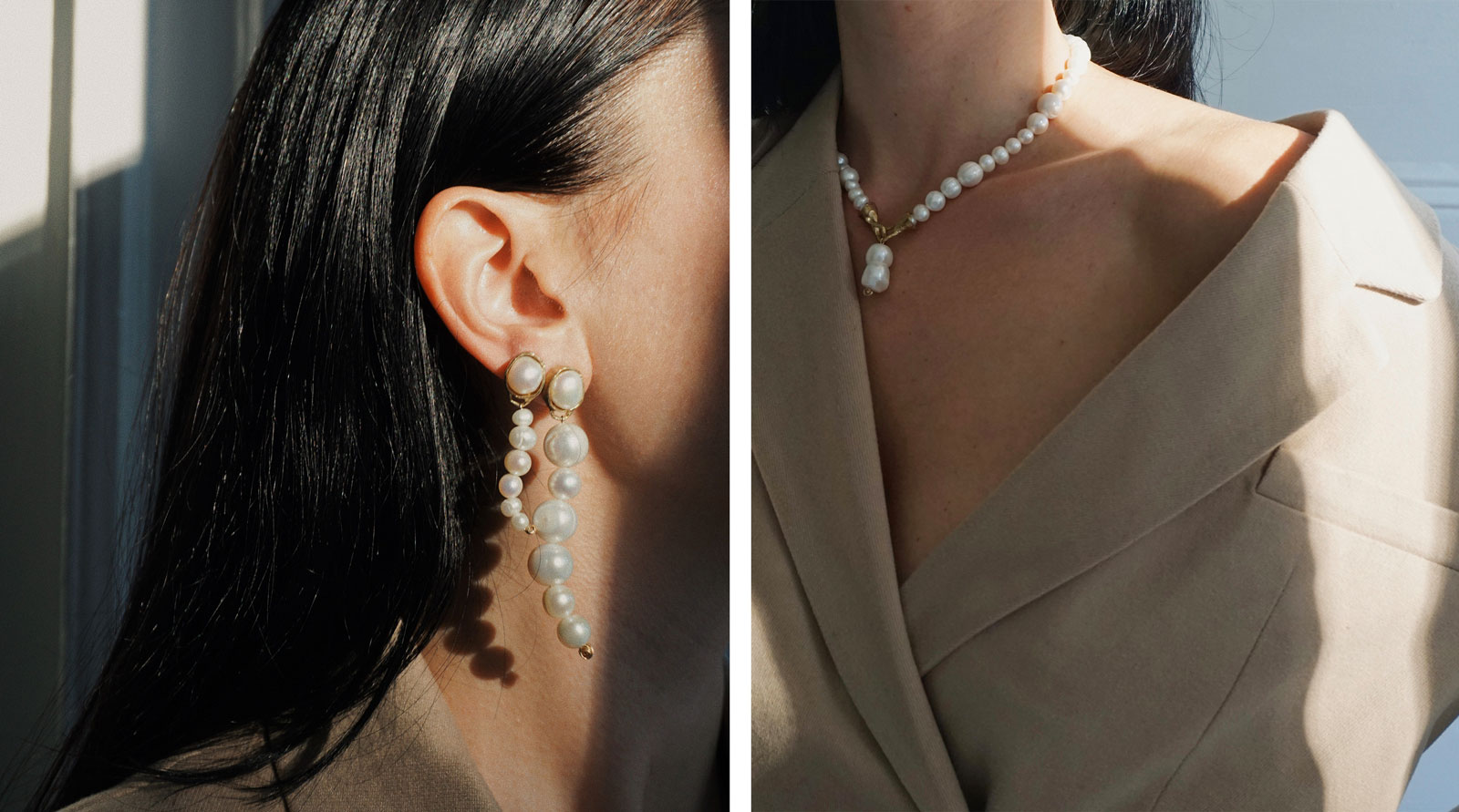 Playing it cool: pearls are having a moment
Playing it cool: pearls are having a momentWe've been deep-diving into boutiques around the world to find the very best calcium carbonate in minute crystalline form. It seems jewellers have been busy rethinking pearls, with contemporary (and often affordable) results
-
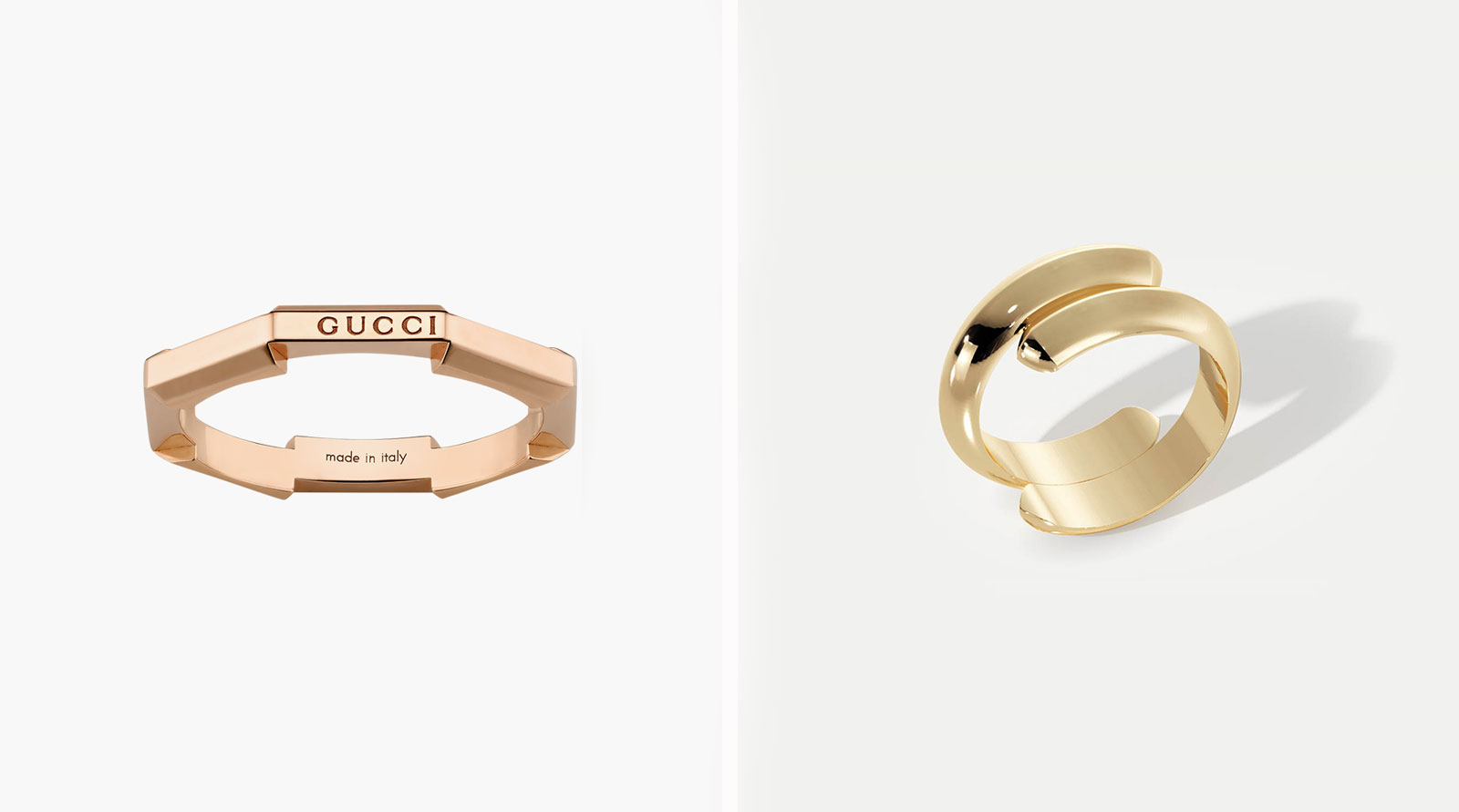 Eternity rings for the modern couple
Eternity rings for the modern coupleEternity rings, whether sleekly minimalist or sprinkled in diamonds, can be a chic and contemporary love token
-
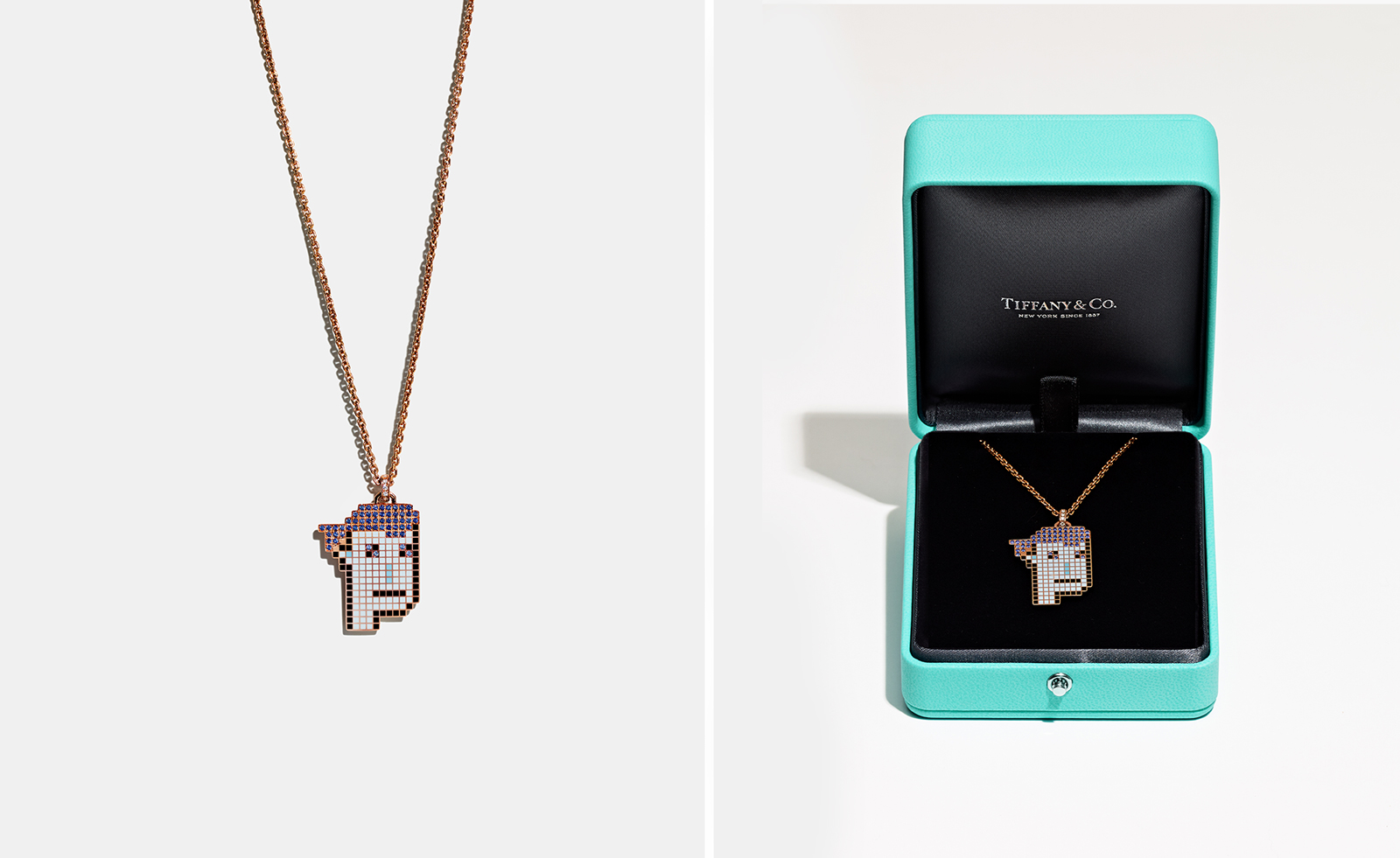 CryptoPunks come to life on Tiffany & Co pendants
CryptoPunks come to life on Tiffany & Co pendantsTiffany & Co has partnered with blockchain infrastructure company Chain to create custom pendants and NFTiffs